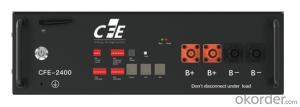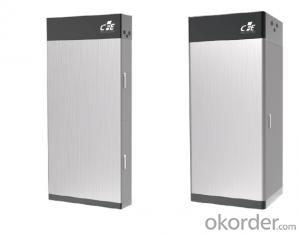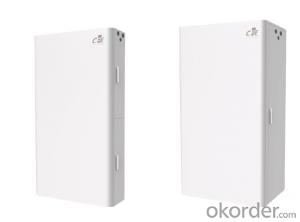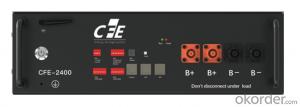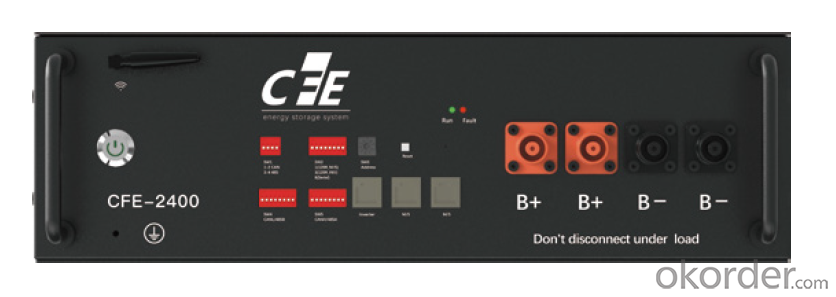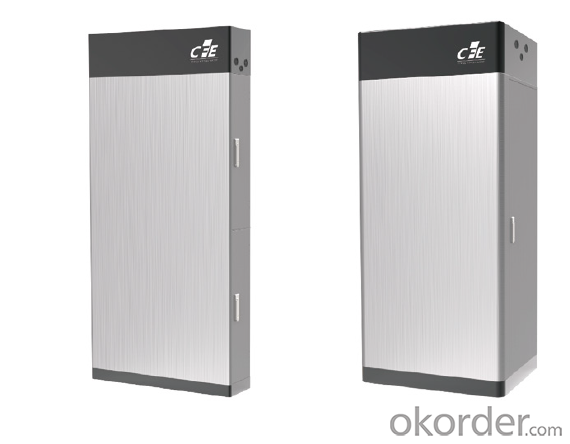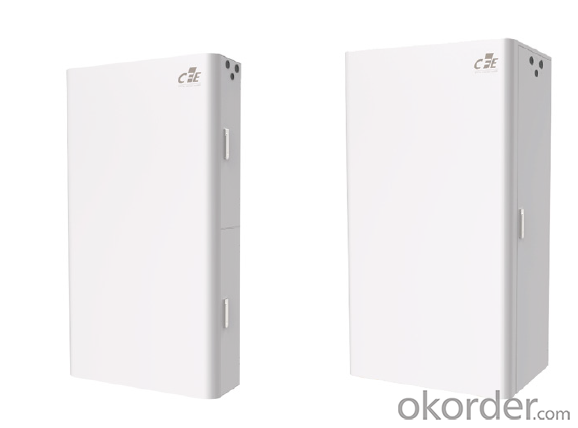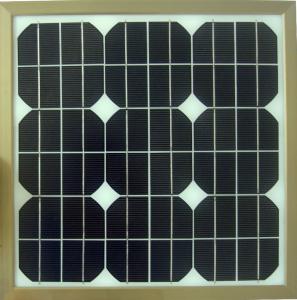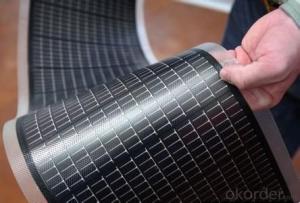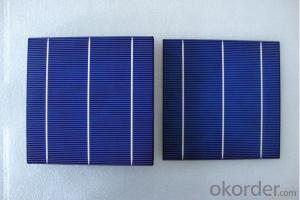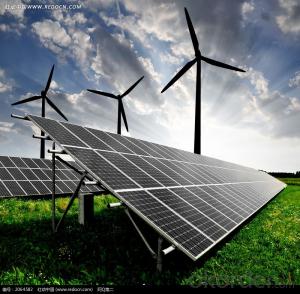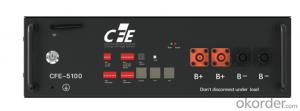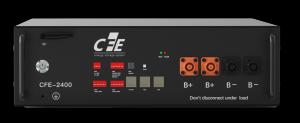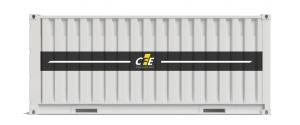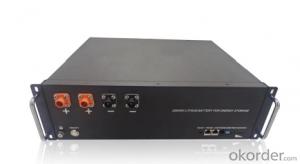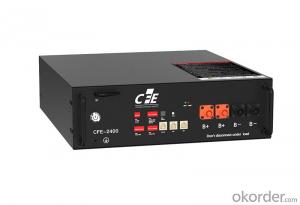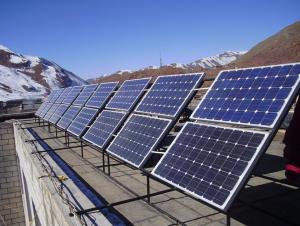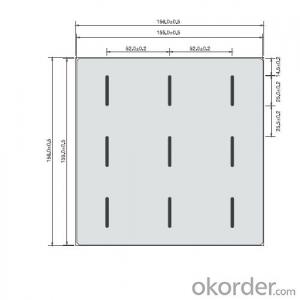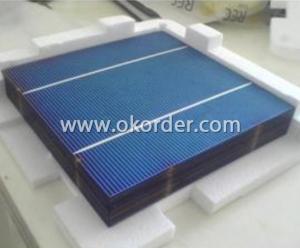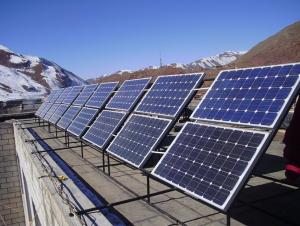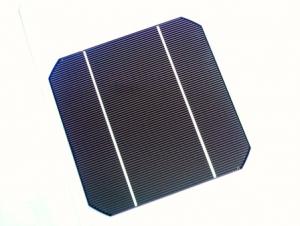Super Solar Cells CNBM-CFE Lithium Battery 2.4kWH ESS Battery
- Loading Port:
- Shanghai
- Payment Terms:
- TT OR LC
- Min Order Qty:
- 40 set
- Supply Capability:
- 1000000 set/month
OKorder Service Pledge
OKorder Financial Service
You Might Also Like
Specification
CNBM International Corporation, established in 2004, an important member of the Logistics Trade Section of CNBM
Group(Rank 187th the World Fortune Top 500 enterprises 2020). With our efforts to develop the market domestic and
abroad, we have built cooperation and partnership with 1600 manufacturers in China, and have established stable
business relationship in more than 120 countries and regions abroad.
Following the trend of reducing carbon emissions, relaying on our advantage in solar and energy development
simultaneously utilizing our competitive position we achieve sales revenue of USD 15 Billion in 2020.
CNBM International is highly recognized by its business partners and clients all over the world and has obtained rapid
development under the spirit of win-win. We will carry on the mutual beneficial, innovative and revolutionary trading
structure as we did before, create value for our employees, share holders and clients and benefit the whole society in
our future development.
and CNBM signed the global exclusive agent with CF energy for CFE brand ,CF-Energy was founded in 2018. A high-tech enterprise located in Xian Yang ,China. Engaged in the development of
energy storage and micro-grid systems.
CF-Energy owns the most sophisticated team(2 doctors, more than 20 electric/software engineer/electronic masters)
with top class R&D experts from lithium battery system design, BMS management, and system integration, Fire and
explosion protection etc.
In the future, the company will continue to uphold the concept of "early, fine and precise", devote itself to the full life
cycle management of lithium battery systems, continue to optimize the application of lithium battery systems in
different application scenarios, and continue to create value for customers.

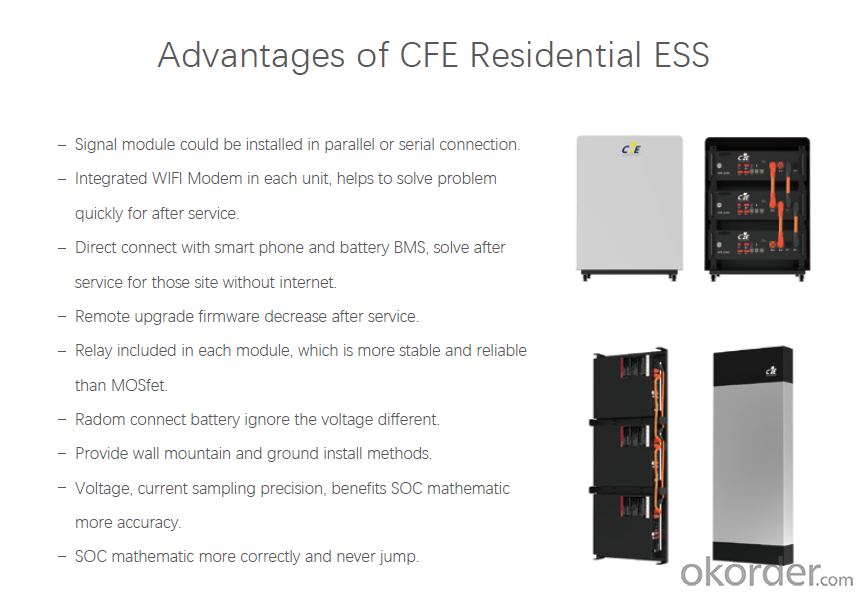
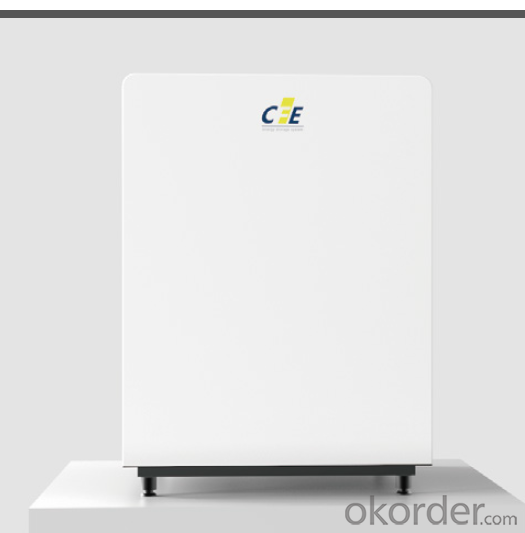
- Q: Can solar cells be used for powering water treatment plants?
- Yes, solar cells can be used for powering water treatment plants. Solar energy can be harnessed and converted into electricity to power the various processes and equipment required for water treatment. This renewable energy source offers a sustainable and environmentally friendly solution for powering water treatment plants.
- Q: How do solar cells perform in regions with high levels of salt spray and corrosive environments?
- Solar cells generally do not perform well in regions with high levels of salt spray and corrosive environments. The salt particles can accumulate on the surface of the solar cells, leading to reduced efficiency and decreased performance. Additionally, the corrosive nature of the environment can cause damage to the materials and components of the solar cells, further impacting their functionality. To mitigate these issues, special protective coatings or materials can be used to enhance the durability and resistance of solar cells in such regions.
- Q: Can solar cells be used for powering electric water heaters?
- Yes, solar cells can be used for powering electric water heaters. Solar panels generate electricity from sunlight, which can then be used to power electric water heaters. This is an eco-friendly and cost-effective way to heat water using renewable energy sources.
- Q: Can solar cells be used in portable devices?
- Yes, solar cells can be used in portable devices. They can convert sunlight into electrical energy, providing a sustainable and renewable power source for various portable devices such as smartphones, tablets, and even small appliances.
- Q: How do solar cells handle hail or other severe weather conditions?
- Solar cells are designed to be durable and withstand various weather conditions, including hail and severe weather. They are made with sturdy materials like tempered glass or polycrystalline silicon, which can endure hailstorms without significant damage. Additionally, solar panels undergo rigorous testing to ensure their ability to withstand impact and extreme weather events.
- Q: What is the typical size and weight of a solar cell?
- The typical size of a solar cell ranges from a few square centimeters to several square meters, while the weight can vary from a few grams to a few kilograms, depending on the technology and application.
- Q: How do solar cells perform in tropical climates?
- Solar cells perform well in tropical climates due to the abundance of sunlight and high temperatures found in these regions. The intense sunlight allows solar cells to generate a higher amount of electricity, while the warmer temperatures can actually increase the efficiency of the cells. Additionally, solar panels are designed to withstand harsh weather conditions, including high humidity and heavy rain, commonly found in tropical climates.
- Q: Can solar cells be used in satellite or space exploration missions?
- Yes, solar cells can be and have been used in satellite or space exploration missions. Solar cells convert sunlight directly into electricity, making them a reliable and efficient source of power for satellites and space probes. They are lightweight, durable, and ideal for harnessing energy in space where traditional power sources are not feasible.
- Q: Can solar cells be used in wearable technology?
- Yes, solar cells can be used in wearable technology. They can be integrated into clothing, accessories, or even directly into the design of wearable devices to harness solar energy and power them. This allows for increased portability and sustainability as wearable technology can be charged on-the-go using solar power.
- Q: How do solar cells perform in regions with high levels of dust and sandstorms?
- Solar cells may experience decreased performance in regions with high levels of dust and sandstorms. The accumulation of dust particles on the surface of solar panels can reduce their efficiency by blocking sunlight and reducing the amount of energy they can generate. Regular cleaning and maintenance of solar panels are essential in such environments to ensure optimal performance. Additionally, advancements in solar panel technology, such as anti-soiling coatings, are being developed to mitigate the impact of dust and sandstorms on solar cell performance.
Send your message to us
Super Solar Cells CNBM-CFE Lithium Battery 2.4kWH ESS Battery
- Loading Port:
- Shanghai
- Payment Terms:
- TT OR LC
- Min Order Qty:
- 40 set
- Supply Capability:
- 1000000 set/month
OKorder Service Pledge
OKorder Financial Service
Similar products
Hot products
Hot Searches
Related keywords
